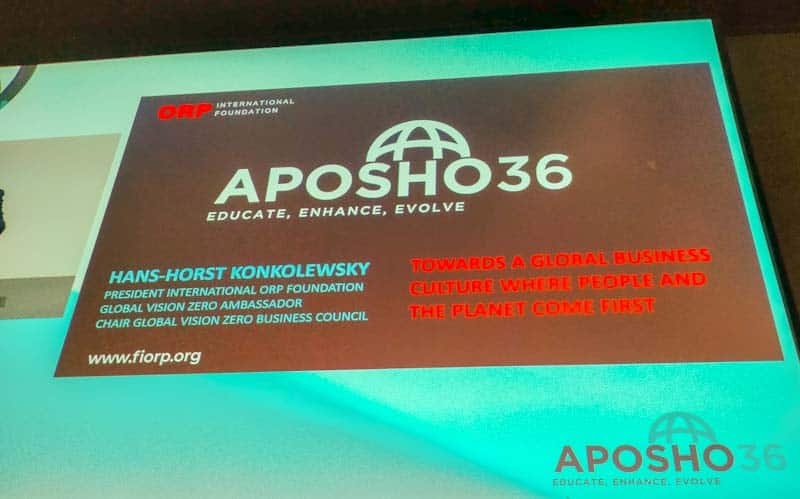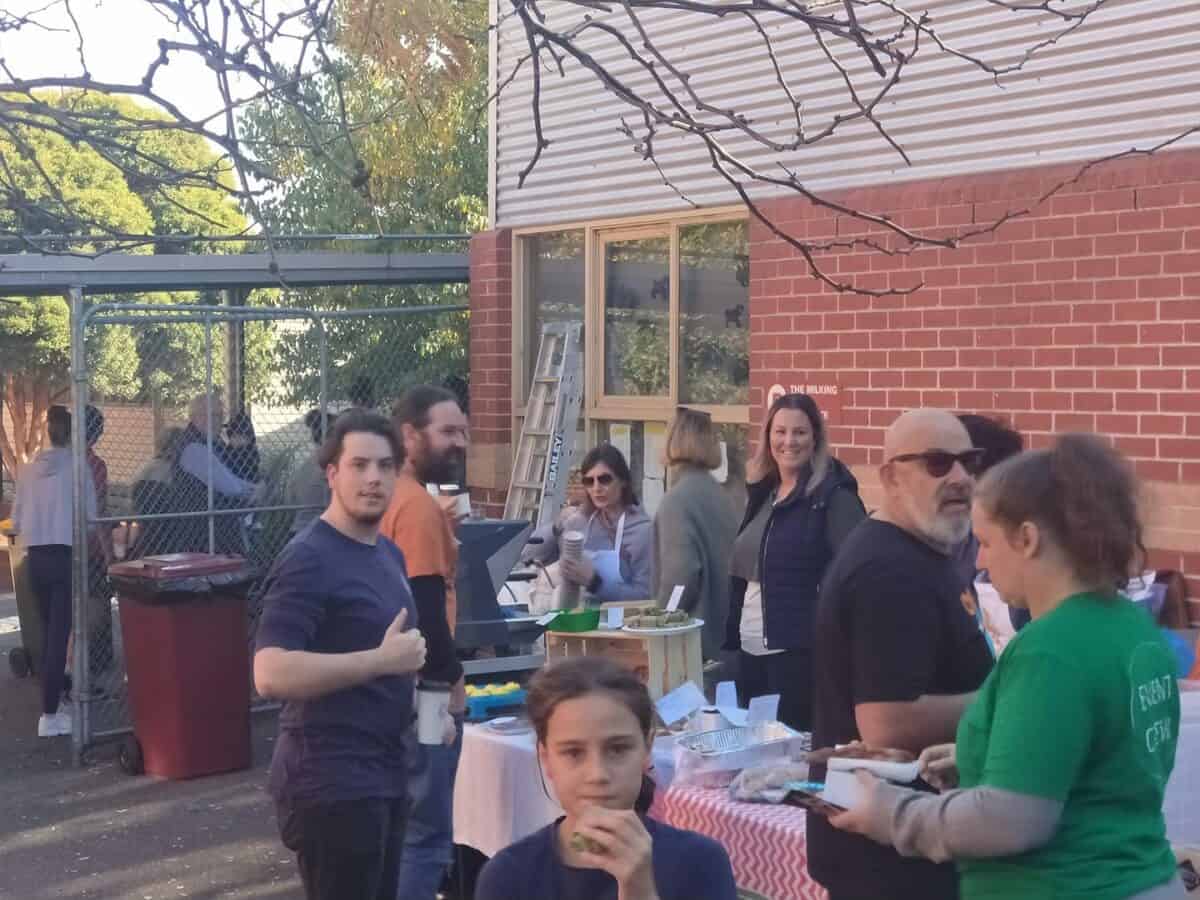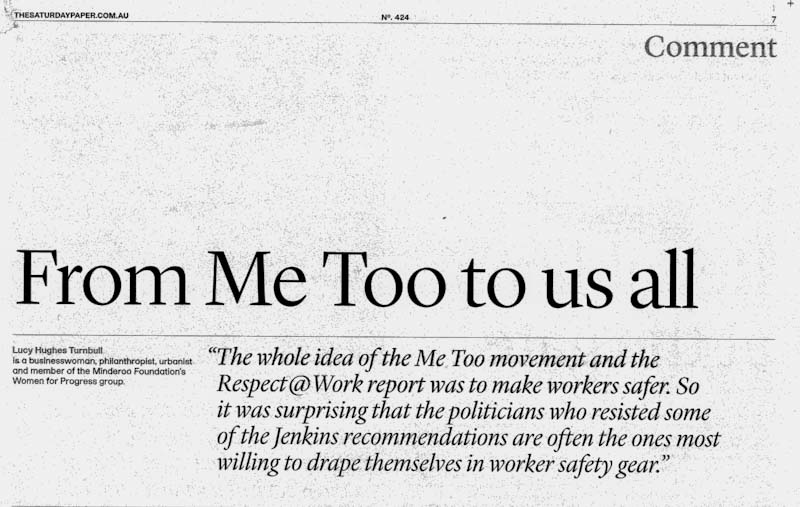The end-of-year reviews are starting to emerge from Australia’s law firms. The most recent release is from Maddocks, who have released several short reports on occupational health and safety (OHS) hazards and suggested controls for employers to apply. So this is a year-in-review for 2022, but it is also a forecast of what needs to be changed in 2023.
Category: harassment
Other OHS politics you might have missed
November 2022 was a very busy month of politics (and a football World Cup) which distracted many of us from our usual monitoring of OHS announcements. Below is a summary of some of those from the last couple of weeks.
The South Australian Parliament has sent its Work Health and Safety (Crystalline Silica Dust) Amendment Bill to the Parliamentary Committee on Occupational Safety, Rehabilitation and Compensation for inquiry and report.
OHS legal changes you might have missed
If you needed confirmation that the mainstream media is disinterested in occupational health and safety (OHS) unless there is a disaster or the incident can be narrowly categorised as sexual harassment, bullying or suicide, last week, the Australian Parliament passed important amendments to the Model Work Health and Safety laws. It seems OHS cannot compete with sexual harassment laws (I’m okay with that) or Industrial Relations (or Australia’s wins in the World Cup).
On December 1 2022, Workplace Relations Minister Tony Burke‘s Second Reading Speech included the removal of insurance policies that could pay for financial penalties awarded against OHS breaches and a pledge to put Industrial manslaughter back on the national agenda.
Some good presenters, some great, but OHS conferences need more work
What was missing most from the recent conference of the Asia Pacific Occupational Safety and Health Organisation was a strong Asia-Pacific voice. Certainly, there were presentations by Asian OHS professionals and some westerners working in Asia, but the keynote speakers were almost from Anglo-European cultures. This made it hard to understand if the conference was designed for Asian safety and health professionals to learn from us or for Australians to learn from them. Perhaps it was just for all of us to learn as a profession.
Some of the keynote speakers offered universal suggestions for improving the management of workplace health and safety, but perhaps these were so universal as to be generic or safe. For instance, one of the greatest challenges for the Asian region, in particular, is ensuring the safety of migrant workers. There was one mention of the deaths of the World Cup construction workers, and that was in passing.
Below is a summary of the conference and some of the occupational health and safety issues (OHS) raised.
Dan Andrews and “safe jobs” and People versus Profit
“Jobs” is a term regularly used in election campaigns as creating jobs can provide wealth directly to those working and less directly to their employers. But rarely are “safe jobs” mentioned. The Victorian Premier Daniel Andrews mentioned “safe jobs” in his campaign speech for the election later this month. Perhaps more interesting is his pledge to put people before profit.
Andrews was speaking of his success in creating 600,000 jobs since he came to power eight years ago. He said:
“…..when we came to government, we promised we’d get Victoria back to work. Since then, we’ve created nearly 600,000 jobs. More than 300,000 since September 2020. But it’s not just jobs. We want them to be good, secure, safe jobs. It’s why we introduced Australia’s first-ever wage theft laws. And it’s why we made workplace manslaughter exactly what it is: a crime. But when it comes to making Victoria stronger, safer and fairer, our work is far from over.”
Sexual Harassment advice needs to think deeper and face the challenges
Lisa Annese‘s article is interesting but, as with many articles on sexual harassment at work, only goes so far. It is discussive rather than practical, even though it seems to promote action. Sometimes the actions are not clear enough to inspire change. Below are my thoughts on the six steps to complement Lisa’s recommendations.
Continue reading “Sexual Harassment advice needs to think deeper and face the challenges”More OHS activists needed
The Australian Government is set to introduce new workplace sexual harassment laws and obligations through Parliament. In The Saturday Paper on November 5 2022 (paywalled), businesswoman Lucy Hughes Turnbull wrote a short article that reminds us of the purpose of the new laws.
“The whole idea of the Me Too movement and the Respect@Work report was to make workers safer. So it was surprising that the politicians who resisted some of the Jenkins recommendations are often the ones most willing to drape themselves in worker safety gear. Protection from abuse and harassment is another key aspect of safety, like guardrails and fire exit signs. Now the legal system recognises it as such.
links added
This latest work safety bill is the best gift the parliament could give to mark the fifth anniversary of the global Me Too movement. Together with more paid parental leave and greater access to more affordable childcare, it has been a great few weeks for women and indeed all Australians.”







